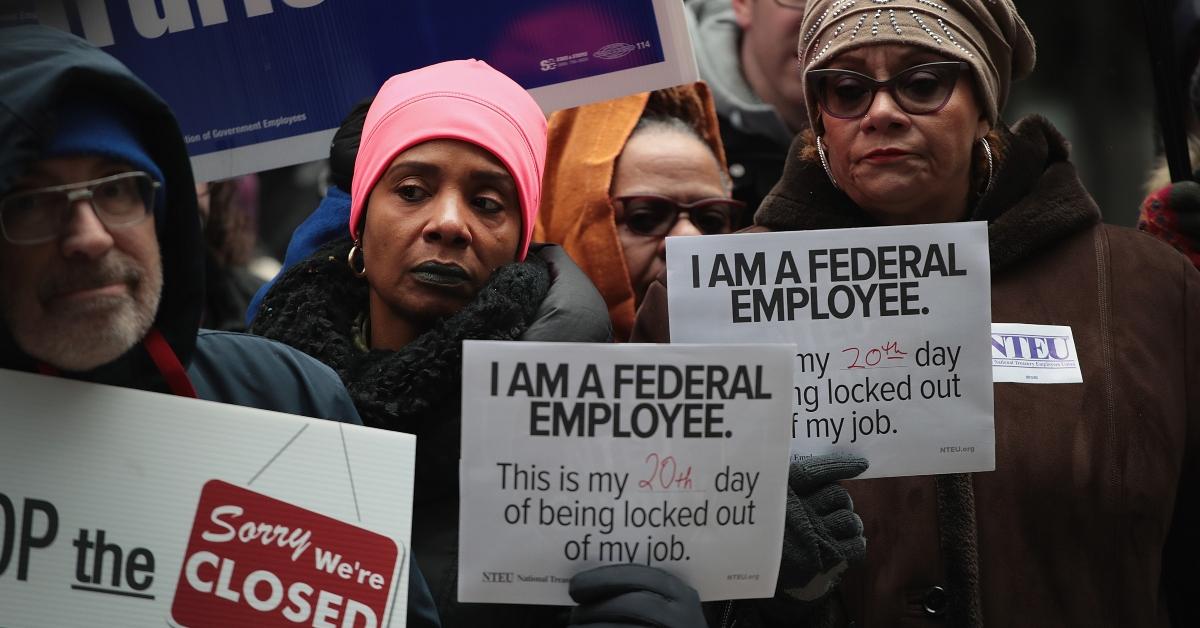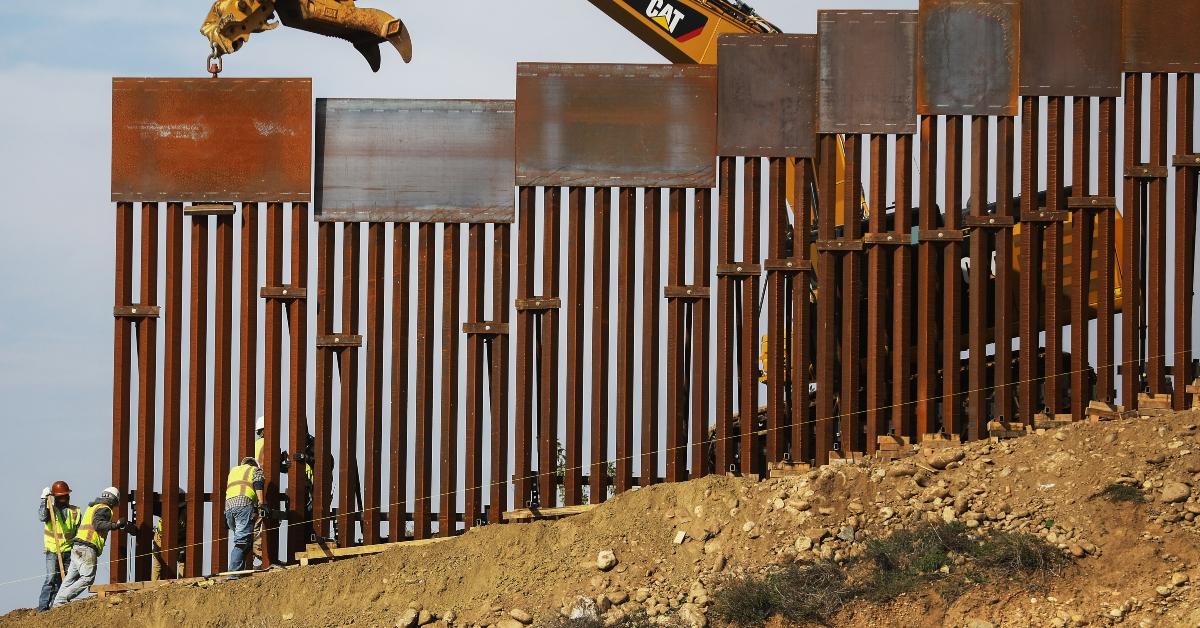Longest Government Shutdown in U.S. History Was Under Trump
As Capital Hill battles over whether to raise the debt ceiling, hopefully there won’t be a repeat of the the longest government shutdown in U.S. history.
Sept. 28 2021, Published 2:10 p.m. ET

Every year there seems to be some talk of the U.S. government shutting down because Democrats and Republicans can’t agree on something. This year, as Capital Hill battles over whether to raise the debt ceiling, many people hope that there won't be a repeat of 2018–2019, which was the longest government shutdown in U.S. history.
There have been several government shutdowns since 1980 when then-Attorney General Benjamin Civiletti issued an opinion that the government should shut down when a funding gap occurs in the federal budget. Most shutdowns before the 1990s were only for a few hours while Congress got its act together.
However, since the 1990 three-day shutdown under President George H.W. Bush, government shutdowns have spanned several days, costing U.S. taxpayers millions and resulting in furloughs of thousands of federal employees.

Trump and Congress couldn’t agree on funding for a border wall.
The longest government shutdown in history was in 2018–2019 under former President Donald Trump. That shut down lasted 35 days from December 22, 2018, to January 25, 2019.
Trump and Congress couldn’t agree on an appropriations bill to fund the federal government in 2019. Trump wanted $5.7 billion in federal funds budgeted to pay for a wall on the U.S. and Mexico border. The Democrat-controlled Senate said no way and passed an appropriations bill that left out funding for the wall.
Although many people thought that the bill would still get approval from the Republican controlled House of Representatives and even Trump himself, right-wing pundits put the pressure on Trump to follow his campaign promise to “build the wall.” After the criticism, Trump refused to sign any bill that didn’t fund his border wall.
The House followed Trump’s lead and passed a stopgap bill that included funding for the wall. The battle between the two parties heated up with Democrats in the Senate blocking the House bill and threatening a filibuster.
Government can't run without a budget.
According the Antideficiency Act, originally enacted in 1884, federal government agencies and departments are prohibited from operating without approved funding in place. So, the impasse between Trump and Congress over the wall caused the government to shut down.
The shutdown cost the government an estimated $11 billion. Over 800,000 federal employees were partially or fully furloughed or had to work without being paid.
The back and forth between Democrats and Trump and Republicans over including funding for the wall continued until January 25, 2019. Trump said he would endorse a stopgap bill to reopen the government for three weeks while Congress could negotiate a bill everyone would agree with.

Trump declared a national emergency to fund the border wall.
Trump also threatened to shut down the government or declare a national emergency and use military funding to build the border wall if Congress didn’t include it in its appropriations bill.
Trump did just that on February 15, 2019, a day after both the House and Senate passed a bipartisan border bill. Not happy with the bipartisan bill, Trump declared a national emergency, which enabled him to bypass Congress and fund the wall.
Will the government shut down this year?
Democrats, who now control both the House and Senate, are looking to prevent a government shutdown from happening again. Congress has until Sept. 30 to pass an appropriations bill and avoid a shutdown.
On Sept. 27, Senate Republicans blocked a bill passed by the House to fund the government through December and suspend the debt ceiling until the end of 2022, CNBC reports.
